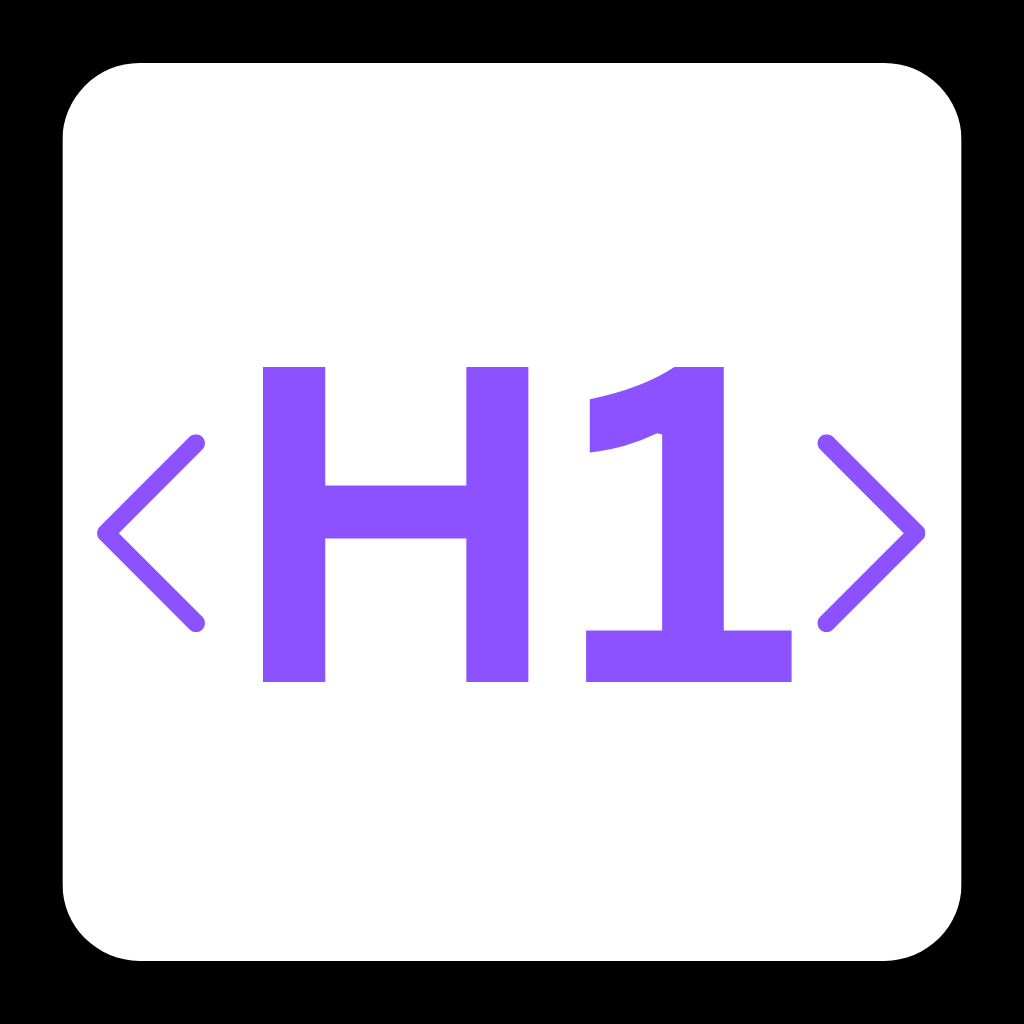From Meta Layoff to AI Pioneer: Can a Career Pivot into Prompt Engineering Pay Off?

Losing a tech job doesn’t have to be the end — it could be the start of something revolutionary. When Kelly Daniel was laid off from Meta, she transformed uncertainty into opportunity by diving headfirst into AI prompt engineering, a field so new that most people hadn’t even heard of it. How did she go from journalism and partnerships to shaping the future of generative AI? Let’s unpack how her journey unfolded.
🚀 The Problem: Navigating Uncertainty in a Shifting Tech Landscape
Kelly’s story highlights challenges many face in today’s volatile job market:
- Rapid Industry Shifts: Generative AI tools like ChatGPT exploded in 2023-2024, creating demand for roles that didn’t exist a year prior.
- Transferable Skills Gap: Traditional tech roles (e.g., partnerships, content editing) don’t always map to emerging AI needs.
- Risk vs. Reward: Short-term contracts (like Kelly’s LinkedIn gig) offer exposure to new tech but lack job security.
✅ The Solution: Strategic Pivots and Relentless Curiosity
Kelly’s blueprint for reinvention offers actionable steps for aspiring prompt engineers:
- Identify Overlooked Opportunities ✅
She targeted LinkedIn’s generative AI projects, recognizing that her editorial skills could help refine AI outputs. This wasn’t a traditional engineering role — it was a bridge between content creation and tech. - Embrace the Grunt Work ✅
By analyzing patterns in AI-generated content and providing feedback, she positioned herself as a problem-solver. “I focused on themes, not just individual errors,” she says — a mindset critical for scaling AI systems. - Upskill Strategically ✅
Learning Python basics through online courses helped her decode scripts and collaborate with engineers, making her indispensable. - Think Beyond the Prompt ✅
True prompt engineering isn’t about one-off commands. Kelly emphasizes designing prompts that work “dozens or hundreds of times with minimal errors” — a scalability focus that landed her a director role at an AI startup.
⚠️ Challenges: The Tightrope of a Nascent Career
Breaking into prompt engineering isn’t without hurdles:
- 🚧 Defining the Role: Companies are still figuring out how to structure prompt engineering teams — is it a coding job, a creative role, or both?
- 🚧 Proving Value Quickly: Contract roles demand immediate impact. Kelly’s success hinged on showing how editorial feedback could improve AI training data.
- 🚧 Balancing Hype and Reality: With AI tools evolving daily, today’s cutting-edge techniques might be obsolete in six months.
🚀 Final Thoughts: Is Prompt Engineering Here to Stay?
Kelly’s journey suggests yes — but with caveats:
- 📈 For Job Seekers: Start small. Volunteer for AI projects at your current job, even if it’s just testing tools or annotating data.
- 📈 For Employers: Blend domain expertise (e.g., journalism, healthcare) with technical upskilling. The best prompt engineers are bilingual in industry knowledge and AI.
- 📈 For the Industry: As AI grows, so will demand for humans who can guide it — but roles will keep evolving. Continuous learning isn’t optional.
Kelly’s final advice? “Stay open. The ‘right’ path today might not exist yet — you’ll have to build it.” Could prompt engineering be your next career chapter?
Let us know on X (Former Twitter)
Source: Kelly Daniel. AI at Work: How I Became a Prompt Engineer After a Meta Layoff, April 21, 2025. https://www.cnbc.com/2025/04/21/ai-prompt-engineer-how-i-rebounded-after-getting-laid-off-from-meta.html










